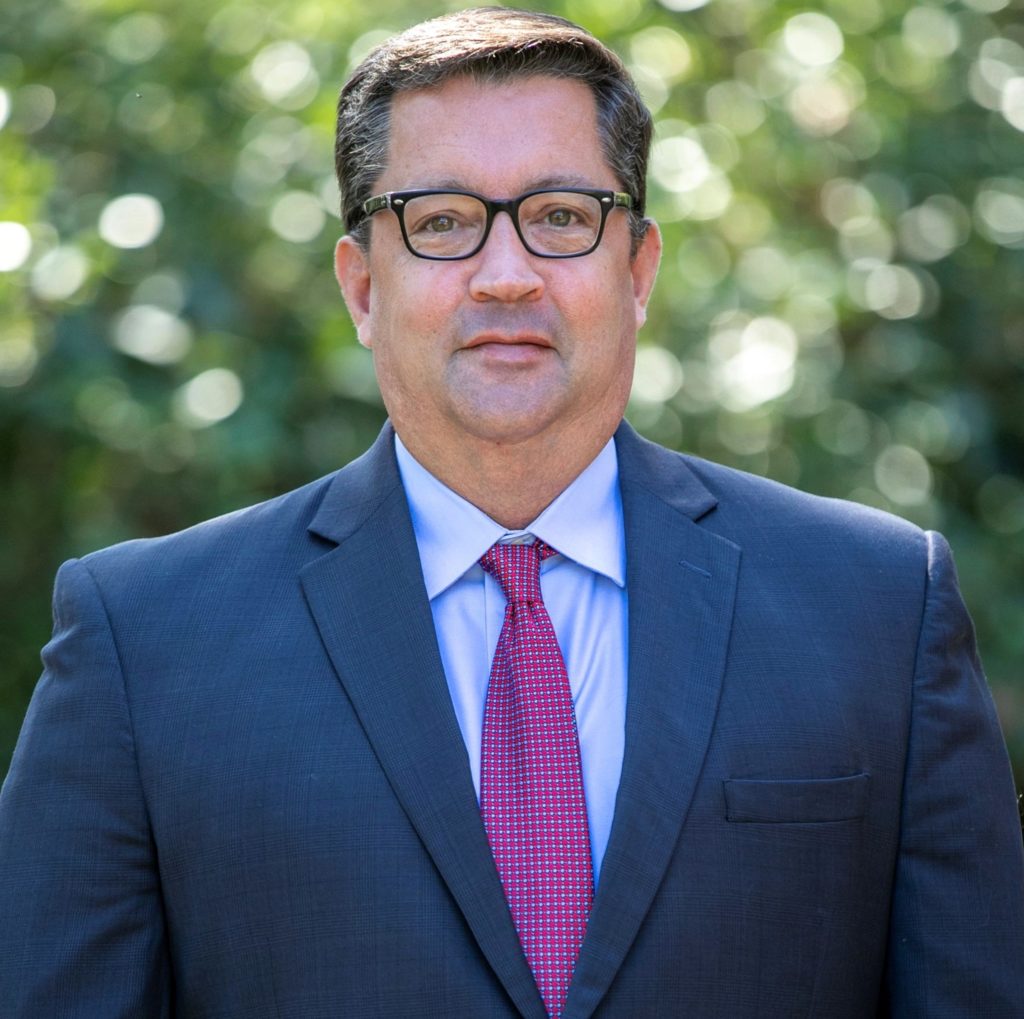By Clint Thompson
Many factors impact specialty crop production that are beyond a farmer’s control. Weather, input costs, unfair trade; all contribute to a challenging era for producers in the Southeast.

Chris Butts, executive vice president of the Georgia Fruit and Vegetable Growers Association (GFVGA), discussed the significance of producers operating at maximum efficiency during the Southeast Regional Fruit and Vegetable Conference.

“We hoped we would get back to normal following the supply chain interruptions and the spike in costs. What we’ve realized now is we may be at the new normal. When it costs growers more for seed and chemicals, fertilizer and everything else, every element of that crop that they can control and be a good grower, they’ve got to make sure they are doing that,” Butts said. “We have so many factors, with weather being the prime example, but labor prices, input costs; so many things are out of our control. Even the costs that we sell our product is often times out of our control.
“Our guys have got to sharpen their pencils and really look for ways that they’re operating at peak efficiency.”
The GFVGA is doing its part to help growers remain sustainable. Labor reform is at the top of the list. Butts and industry leaders continue to implore reform following the release of the new Adverse Effect Wage Rates.
Specialty crop organizations were hopeful a legislative change would have been made by Congress at the end of 2022. It didn’t happen. They are even less optimistic with new congressional leaders in charge.
“Does that mean we stop pushing for labor reform? No. We may have to look for some new allies, and we may have to look for new paths,” Butts said. “We’ll say it until we’re blue in the face, our guys have a 14% payroll increase this year, and nobody can plan for that effectively. We’re going to continue to look for ways to find relief for those guys and try to get a wage rate that is connected to the realities in our rural and local communities. Right now, we’ve got a wage rate that is totally unconnected from the economic realities, and that’s unfair to our guys.”









